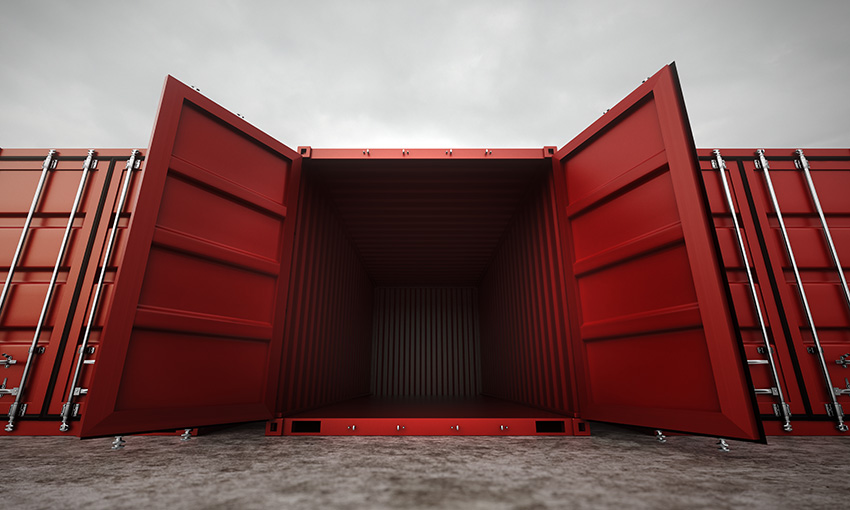“COMPLEX and outdated” commercial processes and insufficient shared information have been highlighted by a report into the empty container sector in New South Wales.
The report, entitled NSW Empty Container Supply Chain Study, was prepared for Transport New South Wales by Nine-Squared Pty Ltd and Neil Matthews Consulting.
According to the report, the NSW empty container supply chain had several key features:
- Slow-moving evacuation of empty containers due to the substantial imbalance between imports and exports at Port Botany.
- Several major ECPs which service both rail and road operations
- ECP capacity consisting of both smaller ECPs that service road transport only and several major ECPs which service both rail and road
- A variety of vehicle/container booking systems, including largely separate systems between stevedore terminals and ECPs.
- A regulated performance management system applying to stevedore terminals but not ECPs.
- Insufficient shared information and performance measures.
- Complex and outdated commercial/transactional processes that do not distribute value equitably within the chain and serve to transfer cost rather than address efficiency.
The authors noted trade growth had placed increased demand on ECPs, with a 15% increase in loaded imports, a 9% increase in loaded exports and a 19% rise in empty exports since 2015.
”There is insufficient ECP capacity in Sydney to adequately manage the cycles in demand and as a result of the issues this has created, some sectors of industry have requested government intervention in the market,” the report noted.
“There has been no meaningful investment in ECP capacity since 2015 despite the growing containerised freight task.”
Recommendations in the study include:
- Development of a new industry standard for more efficient and consistent ECP operations in Sydney
- Technology upgrades and improved data and information sharing across the supply chain
- Longer-term actions including potential infrastructure considerations to increase ECP capacity.
Transport for NSW executive director Susie Mackay said freight and logistics contributed tens of billions of dollars to gross state product and an efficient supply chain was critical.
“The effective management of empty containers is a key contributor to an overall supply chain efficiency,” Ms Mackay said.
“Transport for NSW has worked with shipping lines, stevedores, intermodal terminal and empty container park operators to investigate how to improve the movement of empty containers into and out of Port Botany,” she said.
The report was welcomed by Container Transport Alliance Australia director Neil Chambers who described it as “vindication of the concerns of NSW CTAA alliance companies about the real inefficiencies in the empty container management chain associated with container trades through Port Botany”.
“A large percentage of empty containers are now ‘staged’ back through transport yards because it is almost impossible to secure a truck arrival booking into an empty container park or direct to wharf to match the transport of the empty from the importer’s premises,” Mr Chambers said.
He said CTAA concerns about the lack of electronic information sharing by international container shipping lines was also highlighted.
“The lack of electronic information about import empty de-hire instructions leads to inefficient information re-keying and manual gate-in processing, all of which costs time and money,” Mr Chambers said.
“The lack of visibility about available of export empty container stock can also lead to futile truck trips and serious delays to vital export supply chains.
“Achieving consistent coverage of electronic information from shipping lines will enable the container transport logistics sector to move forward with the implementation of processes to achieve “paperless” gate entry into empty container parks in NSW.”
Mr Chambers said CTAA looked forward to contributing to the NSW Empty Container Working Group to be established by Transport for NSW in July.

